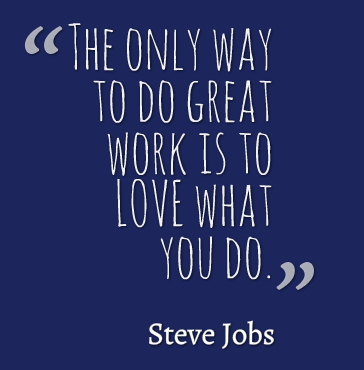Truthfully, I've never bought into mandating a summer reading program. When I was a high school senior, I was assigned A Light in August by William Faulkner. I will shamefully admit not only did I not read it during the summer of 1991 (sorry, Ms. Carboy), but I still haven't read it (adding it to my TBR list right now)! As an English educator, I do not think summer reading assignments yield the results well-meaning English teachers desire.
 |
| Beach reading with my girl! |
Summer reading programs are full of good intentions. We want our students to read great books and to maintain their reading stamina. We want to help them pick books we think they will like. Teachers debate and discuss titles to add to lists and the work students will do in September to prove they read (eek!). However, summer reading assignments are also born out of fear. We worry, "If we don't assign them a book, they won't read." And you know what? We are right...kind of.
Most kids won't read in the summer when they are not already in the habit of reading. They will go to campgrounds, beaches, lakes, and parks without a book in their bag to accompany them, if they do not see the joy and purpose of reading. So assigning non-readers a book (even a book they choose from a list of 100) will not miraculously inspire them to read all summer.
Summer reading starts now.
 |
| One of my Beach Vacation TBR Piles |
If we want students to be excited about a summer of books, we need to fill their autumns, winters and springs with great books too. We need to let them read books they love in our classrooms every day. We need to talk with them about books they might enjoy. We need to ask them to make recommendations to their classmates. We need to share the books we abandoned and explain why. We need to show them how to go to their town library to find books they want to read. We need to help students curate an ever growing "To Read" book lists just like real readers do.
Our high school students spend the first ten minutes of nearly every English class reading a book they chose. At the end of the school year, we survey them to assess how this curriculum component helps build their reading lives and improves their reading abilities. We also ask them if they plan to continue to read this summer -- no reading assignment, no one book initiative, no lists. Over 85% of our students said they will read during the summer. Of course, 100% would be better, but we will get there someday!
So start your students' summer reading now by letting them read widely and broadly in your classrooms, exploring to discover what they books love and which authors they enjoy. If they have books they love in their backpacks now, they won't forget to add them to their travel bags this summer.




